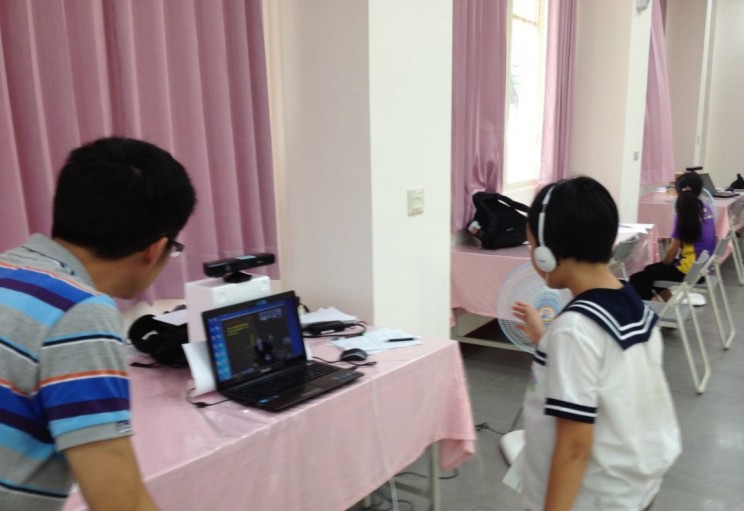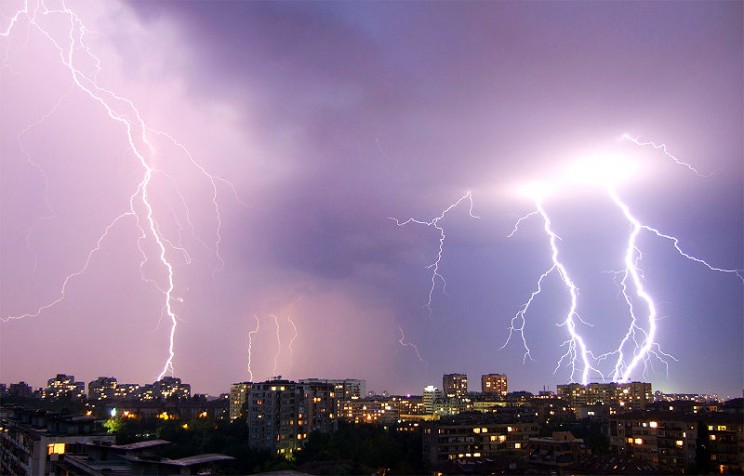I love science. I love theories. I love natural history. But, loving something doesn’t always equate to ‘getting it’; just ask my husband. With the escalated advance of technology allowing our newer generations the most informed and complete exposure to their existence on this planet than ever before, how do we encourage them to appreciate […]
Add a CommentViewing: Blog Posts Tagged with: natural science, Most Recent at Top [Help]
Results 1 - 4 of 4
Blog: Perpetually Adolescent (Login to Add to MyJacketFlap)
JacketFlap tags: David J Smith, Steve Adams, History, iF, ideas, children's picture books, scale, Kids Can Press, New Frontier Publishing, humanity, iF the World were a Village, New Book Releases, natural science, Dimity Powell, Book Reviews - Childrens and Young Adult, Book Reviews - Non-Fiction, Add a tag
Blog: the dust of everyday life (Login to Add to MyJacketFlap)
JacketFlap tags: Book, Nature, Animals, Watercolor, LANDSCAPE, Wildlife, Legend, THEMED ART, Steven James Petruccio, Natural Science, American Folklore, Add a tag
Blog: OUPblog (Login to Add to MyJacketFlap)
JacketFlap tags: Interacting with Computers, IwC, learning technologies, Nian-Shing Chen, Education, Technology, Journals, Sociology, oxford journals, natural science, exercise, Social Sciences, *Featured, Science & Medicine, I-Chun Hung, Add a tag
Have you ever thought that your body movements can be transformed into learning stimuli and help to deal with abstract concepts? Subjects in natural science contain plenty of abstract concepts which are difficult to understand through reading-based materials, in particular for younger learners who are at the stage of developing their cognitive ability. For example, elementary school students would find it hard to distinguish the differences in similar concepts of fundamental optics such as concave lens imaging versus convex lens imaging. By performing a simulated exercise in person, learners can comprehend concepts easily because of the content-related actions involved during the process of learning natural science.
As far as commonly adopted virtual simulations of natural science experiments are concerned, the learning approach with keyboard and mouse lacks a comprehensive design. To make the learning design more comprehensive, we suggested that learners be provided with a holistic learning context based on embodied cognition, which views mental simulations in the brain, bodily states, environment, and situated actions as integral parts of cognition. In light of recent development in learning technologies, motion-sensing devices have the potential to be incorporated into a learning-by-doing activity for enhancing the learning of abstract concepts.
When younger learners study natural science, their body movements with external perceptions can positively contribute to knowledge construction during the period of performing simulated exercises. The way of using keyboard/mouse for simulated exercises is capable of conveying procedural information to learners. However, it only reproduces physical experimental procedures on a computer. For example, when younger learners use conventional controllers to perform fundamental optics simulation exercises, they might not benefit from such controller-based interaction due to the routine-like operations. If environmental factors, namely bodily states and situated actions, were well-designed as external information, the additional input can further help learners to better grasp the concepts through meaningful and educational body participation.

Based on the aforementioned idea, we designed an embodiment-based learning strategy to help younger learners perform optics simulation exercises and learn fundamental optics better. With this learning strategy enabled by the motion-sensing technologies, younger learners can interact with digital learning content directly through their gestures. Instead of routine-like operations, the gestures are designed as content-related actions for performing optics simulation exercises. Younger learners can then construct fundamental optics knowledge in a holistic learning context.
One of the learning goals is to acquire knowledge. Therefore, we created a quasi-experiment to evaluate the embodiment-based learning strategy by comparing the leaning performance of the embodiment-based learning group with that of the keyboard-mouse learning group. The result shows that the embodiment-based learning group significantly outperformed the keyboard-mouse learning group. Further analysis shows that no significant difference of cognitive load was found between these two groups although applying new technologies in learning could increase the consumption of learners’ cognitive resources. As it turned out, the embodiment-based learning strategy is an effective learning design to help younger learners comprehend abstract concepts of fundamental optics.
For natural science learning, the learning content and the process of physically experimenting are both important for learners’ cognition and thinking. The operational process conveys implicit knowledge regarding how something works to learners. In the experiments of lens imaging, the position of virtual light source and the type of virtual lens can help learners determine the attributes of the virtual image. By synchronizing gestures with virtual light source, a learner not only concentrates on the simulated experimental process but realizes the details of the external perception. Accordingly, learners can further understand how movements of the virtual light source and the types of virtual lens change the virtual image and learn the knowledge of fundamental optics better.
Our body movements have the potential to improve our learning if adequate learning strategies and designs are applied. Although motion-sensing technologies are now available to the general public, massive applications will depend on economical price and evidence-based approaches recommended for the educational purposes. The embodiment-based design has launched a new direction and is hoped to continuously shed light on improving our future learning.
The post Learning with body participation through motion-sensing technologies appeared first on OUPblog.
Blog: OUPblog (Login to Add to MyJacketFlap)
JacketFlap tags: Books, Religion, nature, science, bible, narrative, wisdom, lightning, theology, thunder, George Steiner, Humanities, *Featured, natural science, Science & Medicine, Earth & Life Sciences, Bruno Latour, faith and wisdom in science, tom mcleish, mcleish, Add a tag
By Tom McLeish
There is a pressing need to re-establish a cultural narrative for science. At present we lack a public understanding of the purpose of this deeply human endeavour to understand the natural world. In debate around scientific issues, and even in the education and presentation of science itself, we tend to overemphasise the most recent findings, and project a culture of expertise.
The cost is the alienation of many people from experiencing what the older word for science, “natural philosophy” describes: the love of wisdom of natural things. Science has forgotten its story, and we need to start retelling it.
To draw out the long narrative of science, there is no substitute for getting inside practice – science as the recreation of a model of the natural world in our minds. But I have also been impressed by the way scientists resonate with very old accounts nature-writing – such as some of the Biblical ancient wisdom tradition. To take a specific example of a theme that takes very old and very new forms, the approaches to randomness and chaos are being followed today in studies of granular media (such as the deceptively complex sandpiles) and chaotic systems.
These might be thought of as simplified approaches to ‘the earthquake’ and ‘the storm’, which appear in the achingly beautiful nature poetry of the Book of Job, an ancient text also much concerned with the unpredictable side of nature. I have often suggested to scientist-colleagues that they read the catalogue of nature-questions in Job 38-40, to be met with their delight and surprise. Job’s questioning of the chaotic and destructive world becomes, after a strenuous and questioning search in which he is shown the glories of the vast cosmos, a source of hope, and a type of wisdom that builds a mutually respectful relationship with nature.
Reading this old nature-wisdom through the experience of science today indicates a fresh way into other conflicted territory. For, rather than oppose theology and science, a path that follows a continuity of narrative history is driven instead to derive what a theology of science might bring to the cultural problems of science with which we began. In partnership with a science of theology, it recognises that both, to be self-consistent, must talk about the other. Neither in conflict, nor naively complementary, their stories are intimately entangled.

Cloud to ground lightning over Sofia, by Boby Dimitrov. CC-BY-SA-2.0 via Wikimedia Commons.
The strong motif that is the idea of science as the reconciliation of a broken human relationship with nature. Science has the potential to replace ignorance and fear of a world that can harm us and that we also can harm, by a relationship of understanding and care. The foolishness of thoughtless exploitation can be replaced by the wisdom of engagement. This is neither a ‘technical fix’, nor a ‘withdrawal from the wild’, two equally unworkable alternatives criticised recently by Bruno Latour in a discussion of environmentalism in the 21st century.
Latour’s hunch that rediscovered religious material might point the way to a practical alternative begins to look well-founded. Nor is such ‘narrative for science’ confined to the political level; it has personal, cultural and educational consequences too that might just meet Barzun’s missing sphere of contemplation.
Can science be performative? Could it even be therapeutic?
George Steiner once wrote, “Only art can go some way towards making accessible, towards waking into some measure of communicability, the sheer inhuman otherness of matter…”
Perhaps science can do that too.
Tom McLeish is Professor of Physics and Pro-Vice-Chancellor for Research at University of Durham, and a Fellow of the Institute of Physics, the Royal Society of Chemistry, the American Physical Society and the Royal Society. He is the author of Faith and Wisdom in Science.
Subscribe to the OUPblog via email or RSS.
Subscribe to only science articles on the OUPblog via email or RSS.
The post Faith and science in the natural world appeared first on OUPblog.




